1864 The birth of Béatrice de Rothschild
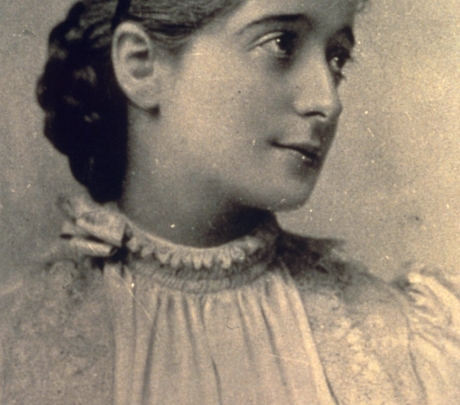
Béatrice was the daughter of the baron, Alphonse de Rothschild, a banker and renowned art collector. At the age of 19, she married Maurice Ephrussi, a Parisian banker of Russian origin, 15 years her senior, and a friend of her parents. The marriage quickly turned sour for Béatrice. She contracted a serious illness from Maurice, which prevented her from having children. Maurice was a gambler and in 1904, his debts totalled over 12 million gold francs, the equivalent of 30 million euros today.
1904 Maurice and Béatrice divorce
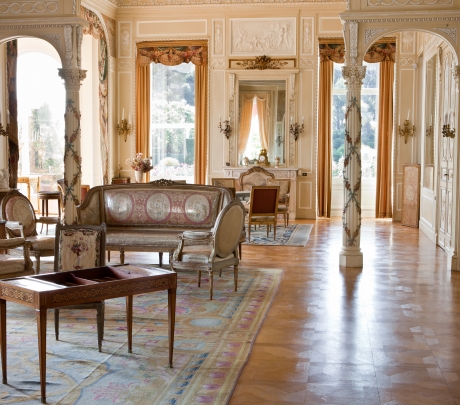
Worried about the future, the Rothschild family decided to bring Maurice to court in order to file for a divorce. They won the case and in June 1904, after 21 years of marriage, the divorce of Béatrice de Rothschild and Maurice Ephrussi was officially pronounced. Béatrice then turned her attention to one of her great passions: collecting art. Béatrice had inherited her keen eye and her taste for beautiful objects from her family, renowned for the remarkable collections built up by several of her relatives over the years. Her motto was ‘Ars Patriae Decus’: ‘Art is the honour of the fatherland’. She acquired many items—a Tiepolo ceiling, eighteenth-century furniture, a games table that had once belonged to Marie Antoinette, and a rug commissioned by Louis XIV—to furnish the future villa.
1905 Beatrice discovers Cap Ferrat
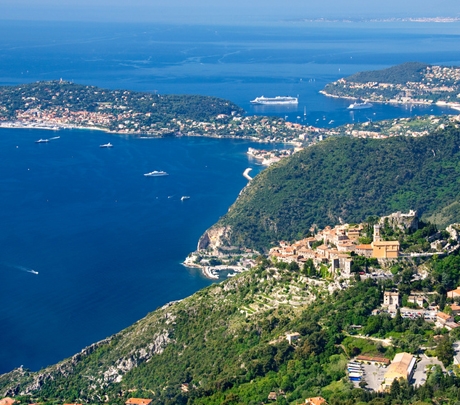
Béatrice's father died in 1905 and the Baroness inherited his immense fortune. That same year, she decided to construct her dream home in Cap Ferrat. When she first discovered this plot of land, she was immediately seduced by the beauty of the surroundings. However at the time, the site was rather inaccessible—it was little more than a barren rocky area traversed by a mule track. When she learned of the sale of the terrain and that the Belgian King, Léopold II, was also interested in it, she purchased it without hesitation.
1905 Work begins on the gardens
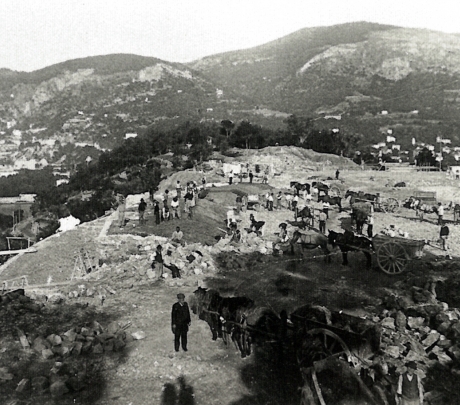
Work on the gardens began immediately and took seven years to complete. The Baroness called upon the talents of several renowned personalities such as Harold Peto and Achille Duchêne—highly prized landscape architects in Europe and the United States at the time. The site chosen for the Villa was not particularly conducive to the creation of a garden. Indeed, creating a park on a rocky promontory covered with trees and exposed to strong winds was quite a tour de force. The Baroness had the ground dynamited and large quantities of earth were brought in to relevel the surface. Hundreds of Italian workers were hired for these large-scale relevelling works.
1907 Work begins on the Villa
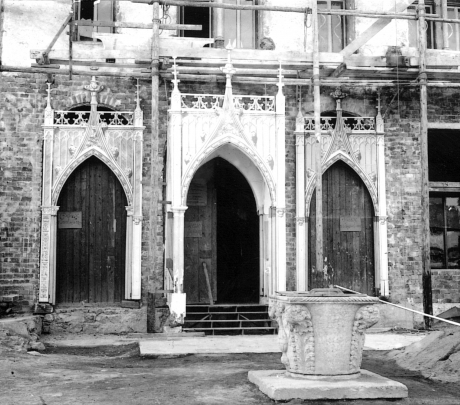
Béatrice Ephrussi was especially fastidious when it came to the choice of an architect. She refused projects submitted by a dozen or so leading architects, considering them as ‘idiotic’. The projects proposed by Claude Girault, architect of the Petit Palais and Henri-Paul Nénot, recipient of the Grand Prix de Rome and designer of the new Sorbonne, were also rejected. Architect Jacques-Marcel Auburtin was eventually entrusted with the design of the Villa, having scrupulously met all of Béatrice Ephrussi’s requirements. He was assisted by Aaron Messiah, an architect from Nice who would go on to build several villas for the aristocracy.
1912 Landscaping the gardens
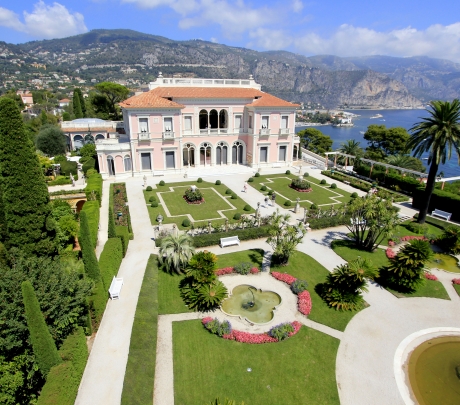
When the Baroness moved into the Villa, four hectares of the gardens were still to be landscaped. The Baroness had given priority to those areas of the grounds visible from the house, i.e. the French formal garden.
She spared no expense or effort when it came to landscaping the grounds of the Villa, and even created a veritable mobile and living decor in her endeavour to design the French formal garden. It was not uncommon to see her employees hidden in pyramids of green cardboard, representing cypress trees, or manoeuvring long strips of silver, grey and green fabric in an attempt to determine the exact location of the ponds, driveways and flower beds…
1912 The Baroness moves into the Villa
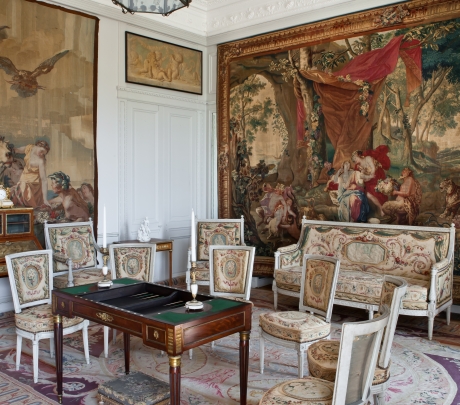
Béatrice made the Villa her winter residence and came here regularly for a period of ten or so years, dividing her time between Paris, Monaco and Deauville.
The Baroness Ephrussi de Rothschild made her Villa a true haven for art collectors with porcelain, furniture and paintings by the Great Masters. The Villa was decorated in the Rothschild style, i.e., with the best from each era, resulting in a somewhat eclectic mix!
The Baroness furnished her Villa directly at the Gare de Beaulieu. A train arrive from Paris loaded with furniture and works of art. The Baroness would select the artworks for her Villa on the platform of the train station! Those works not selected for the Villa Ephrussi would furnish her villa in Monaco.
1933 Béatrice bequeaths her collection to the Académie des Beaux-Arts
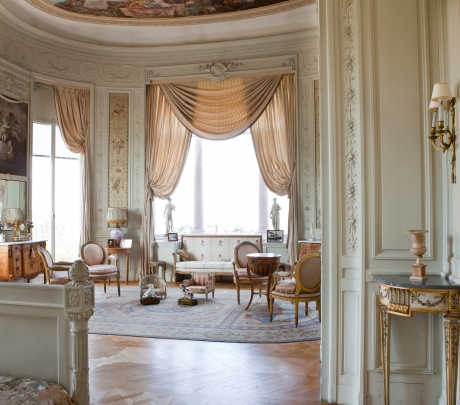
A year before her death, Beatrice bequeathed her Villa and the entirety of its collections to the Académie des Beaux-Arts. The Académie also received the 7 hectares of land and some 5,000 works of art.
1934 The death of Béatrice Ephrussi de Rothschild
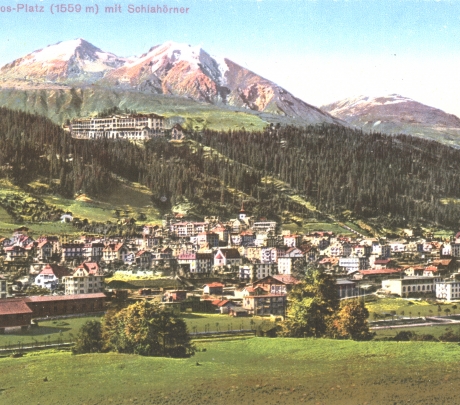
Suffering from tuberculosis, Béatrice retired to Davos in Switzerland where she passed away. One of her relatives would describe Béatrice on her deathbed in the following words: ‘she was still beautiful, with the snowy halo of her hair surrounding the deathly pallor of her face’.
That same year, the landscape architect Louis Marchand was entrusted with designing the themed gardens of the estate: a Spanish, Florentine, Japanese, and Mexican garden. Such variety would surely have pleased the first occupant of the premises. He also had water put in the fountains and renovated the French formal gardens.
1945 Following the Second World War
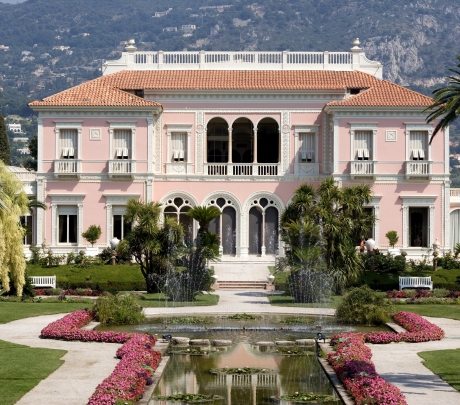
During the war, Cap Ferrat was deserted by its inhabitants and the area was mined. The Villa remained unattended and the gardens abandoned for two years. When Louis Marchand returned to the Villa after the war, he quickly began work on the badly neglected gardens, soon restoring them to their pre-war splendour. The building was also renovated, and a new colour scheme chosen for the facades: once ochre yellow, the Villa was painted in reddish-pink hues, providing it with a Venetian air.
1985 A harsh winter
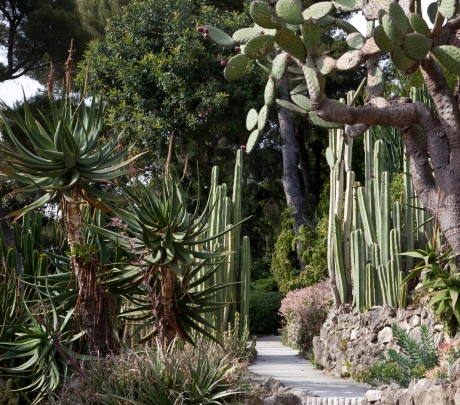
This year was marked by a particularly harsh winter. As the Villa’s lavish gardens are more exposed to the cold wind than other gardens on the cape, the estate lost many of its tall, beautiful trees and almost all of the Mexican garden.
The Marnier Lapostolle family, who lived in the neighbouring villa and were friends of the former head gardener and the owners of a remarkable collection of cacti and rare plants, offered many of the plants from their own collection to the Villa Ephrussi in an effort to restore the devastated Mexican garden, today referred to as the ‘exotic garden’.
1991 Culturespaces becomes delegatee
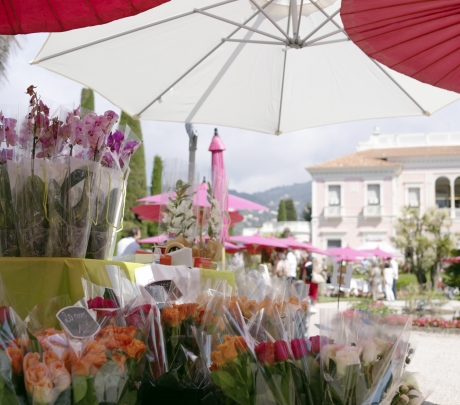
The Académie des Beaux-Arts entrusted the management of the site to Culturespaces. The latter has overseen the renovation of the Villa’s interior, and the restoration of the gardens, respecting the original plan designed by Louis Marchand. Culturespaces is responsible for organizing several events at the site, including the Fête des Roses et des Plantes (Rose and Plant Festival) showcasing the Villa’s splendid gardens.













